Trump touts Russia’s restraint as ‘big concession’ in Ukraine talks
- Update Time : Saturday, April 26, 2025
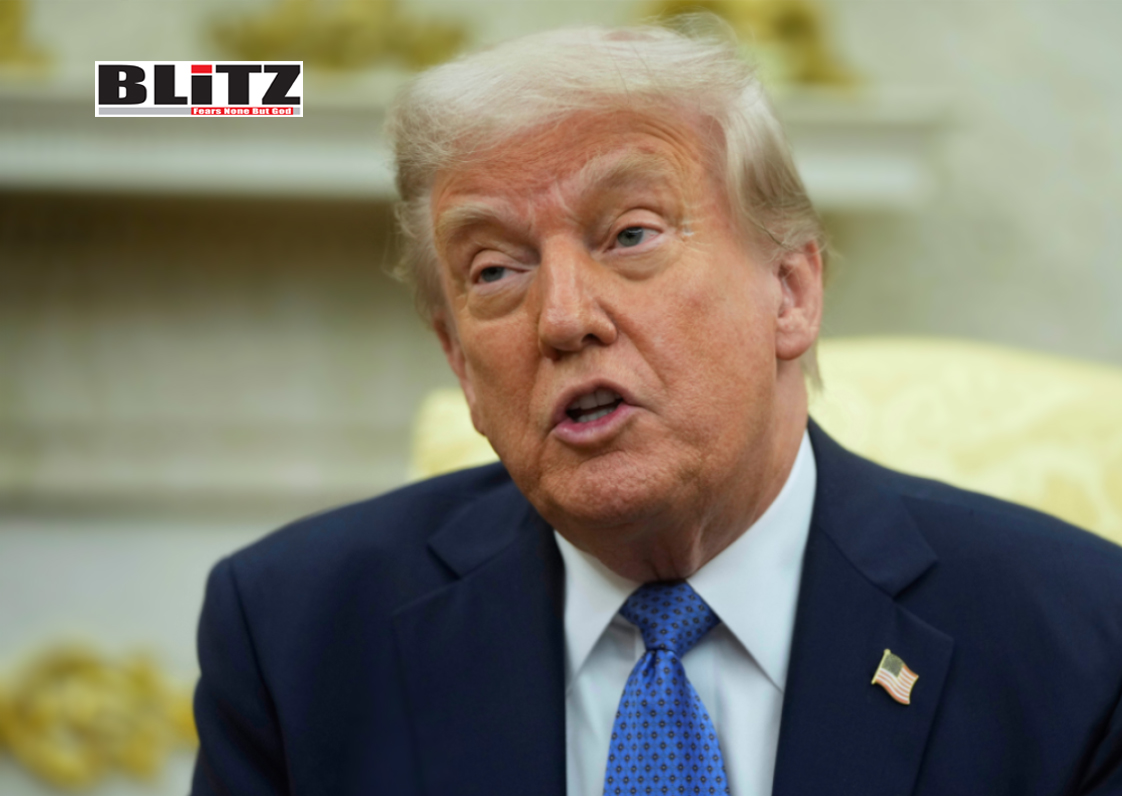
In a dramatic press conference held alongside Norwegian Prime Minister Jonas Gahr Store on April 24, US President Donald Trump characterized Russia’s decision not to attempt a complete takeover of Ukraine as a “pretty big concession,” framing the restraint as a positive signal in the ongoing peace negotiations. The comments mark Trump’s most candid appraisal yet of the behind-the-scenes efforts to end the two-year war in Eastern Europe.
“Stopping the war… Stop taking the whole country, pretty big concession,” Trump remarked when asked what Moscow was offering in the negotiations. His remarks suggest that the Kremlin’s willingness to settle for partial territorial control – rather than a full-scale occupation – is being interpreted by Washington as a diplomatic opening.
The US president now returned to office after the 2024 election, emphasized optimism for a breakthrough in the near future. “We could see major progress within two weeks,” Trump said, without offering specific benchmarks or conditions for a settlement. Yet his tone, unusually conciliatory toward Russia, underscores a significant shift in how the White House is approaching the long-stalemated conflict.
The Trump administration’s posture contrasts sharply with the approach taken by the Biden presidency, which had backed Ukraine with steady weapons shipments, sanctions on Russia, and firm public support for Kiev’s claims to all its territory. Trump, however, has long expressed skepticism about endless support for Ukraine and hinted at the possibility of territorial compromise.
Pressed further on whether Ukraine would be forced to cede territory to secure peace, Trump was non-committal but left the door open. “It depends [on] what territory. We’ll do the best we can, but they lost a lot of territory,” he said, referring to Crimea and four additional regions – Donetsk, Lugansk, Kherson, and Zaporozhye – that Russia claims to have annexed following referendums condemned as illegitimate by most of the international community.
Moscow has consistently stated that it is willing to halt military operations if Ukraine adopts a neutral stance, ceases aspirations to join NATO, demilitarizes, and recognizes the annexation of those regions as irreversible. These demands have remained constant since early in the conflict, but Lavrov’s recent statements point to a new level of engagement with Washington.
Speaking on April 24, Russian Foreign Minister Sergey Lavrov acknowledged that the peace process had entered a more constructive phase. “We are ready to reach a deal. But there are still some specific points, elements of this deal which need to be fine-tuned, and we are busy with this exact process,” Lavrov said.
This follows a recent spike in behind-the-scenes diplomatic exchanges, largely facilitated through third parties including Türkiye, Hungary, and the United Arab Emirates. Though official US-Russia talks have remained opaque, Trump’s latest remarks confirm that high-level contacts are ongoing and may be entering a critical stage.
In Ukraine, Trump’s remarks are likely to ignite controversy. Ukrainian officials, already wary of Trump’s ambivalence toward long-term military support, have repeatedly stated that no peace deal will be accepted if it requires territorial concessions. President Volodymyr Zelensky has maintained that Ukrainian sovereignty is “non-negotiable” and has urged Western allies not to reward Russian aggression with diplomatic gains.
The recent Russian missile and drone strikes, which Ukrainian officials say killed 12 civilians and injured more than 100, have intensified public pressure on the Zelensky administration. The attacks, which reportedly targeted Kiev and surrounding regions, coincided with peace overtures – a timing that drew strong disapproval even from Trump.
“Vladimir, STOP! 5000 soldiers a week are dying. Let’s get the Peace Deal DONE!” Trump posted on Truth Social, his preferred communication platform. He followed this message with a warning that while he was seeking peace, he was “putting a lot of pressure on Russia.”
Russia’s Defense Ministry defended the strikes, stating they targeted military infrastructure such as rocket fuel storage and gunpowder production facilities. They denied any intentional targeting of civilians, a claim that has been widely disputed by human rights organizations.
Despite the seemingly warmer tone between Moscow and Washington, Trump declined to say whether his administration would impose further sanctions on Russia if the attacks continued. “I want to see if we can have a deal. No reason to answer it now, but I won’t be happy,” he said. “Let me put it that way – things, things will happen.”
This strategic ambiguity may be aimed at maintaining diplomatic leverage. While Trump has been vocal about ending the war quickly, his approach appears centered on pressuring both sides toward a deal without publicly committing to long-term punitive measures.
Critics argue that this leaves room for Russia to continue applying military pressure while negotiating. Others see it as a necessary tactic to broker an end to a grinding conflict that has devastated Ukraine, strained NATO unity, and pushed the world closer to a broader confrontation.
The stakes remain extraordinarily high. Any potential deal that involves Ukraine losing territory is sure to provoke resistance both domestically and among US allies in Europe. On the other hand, the failure to reach a deal could see the war escalate further, particularly as Russia ramps up production of weapons and Ukraine grows increasingly dependent on external support.
For now, Trump’s framing of Russia’s restraint as a “concession” may signal a readiness to pivot from maximum-pressure strategies toward pragmatic diplomacy. But with thousands of lives still being lost weekly, and no formal ceasefire in place, any such optimism remains fragile.
The world will be watching closely over the next two weeks, as Trump’s promise of “major progress” is put to the test. Whether that progress results in lasting peace or further polarization may depend on just how much all sides are truly willing to compromise – and how far they are willing to go to stop the bleeding.


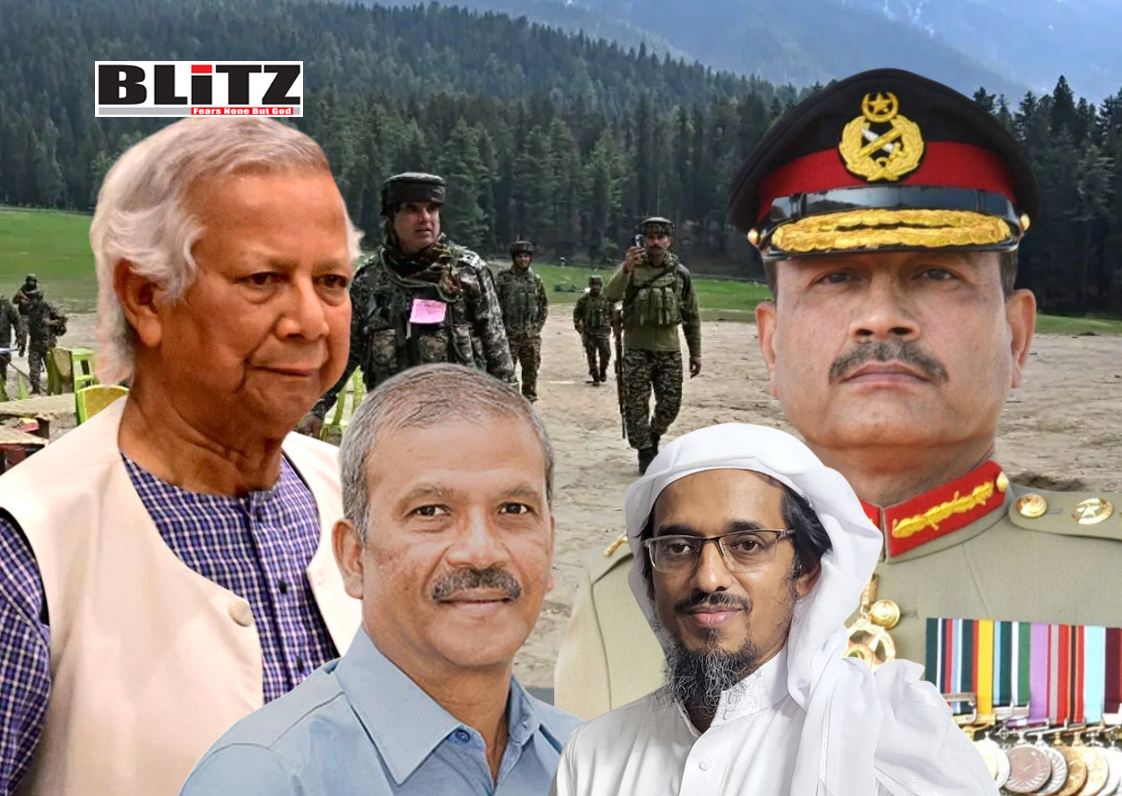
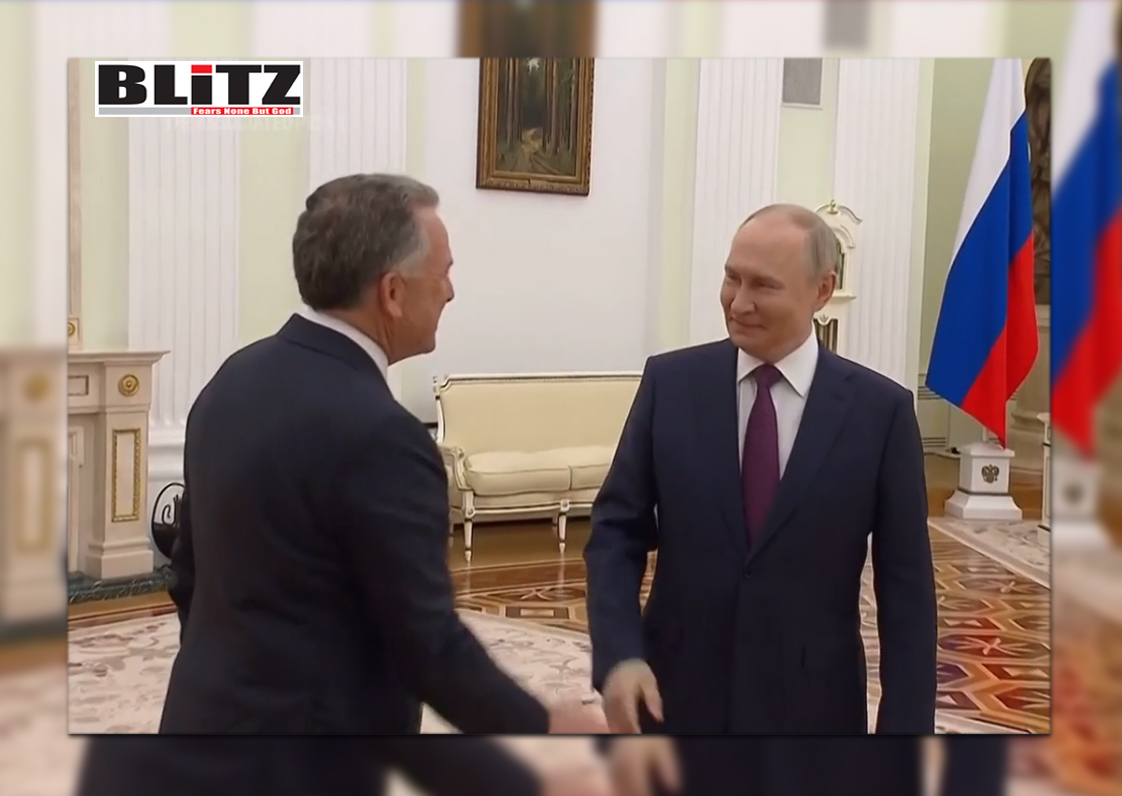
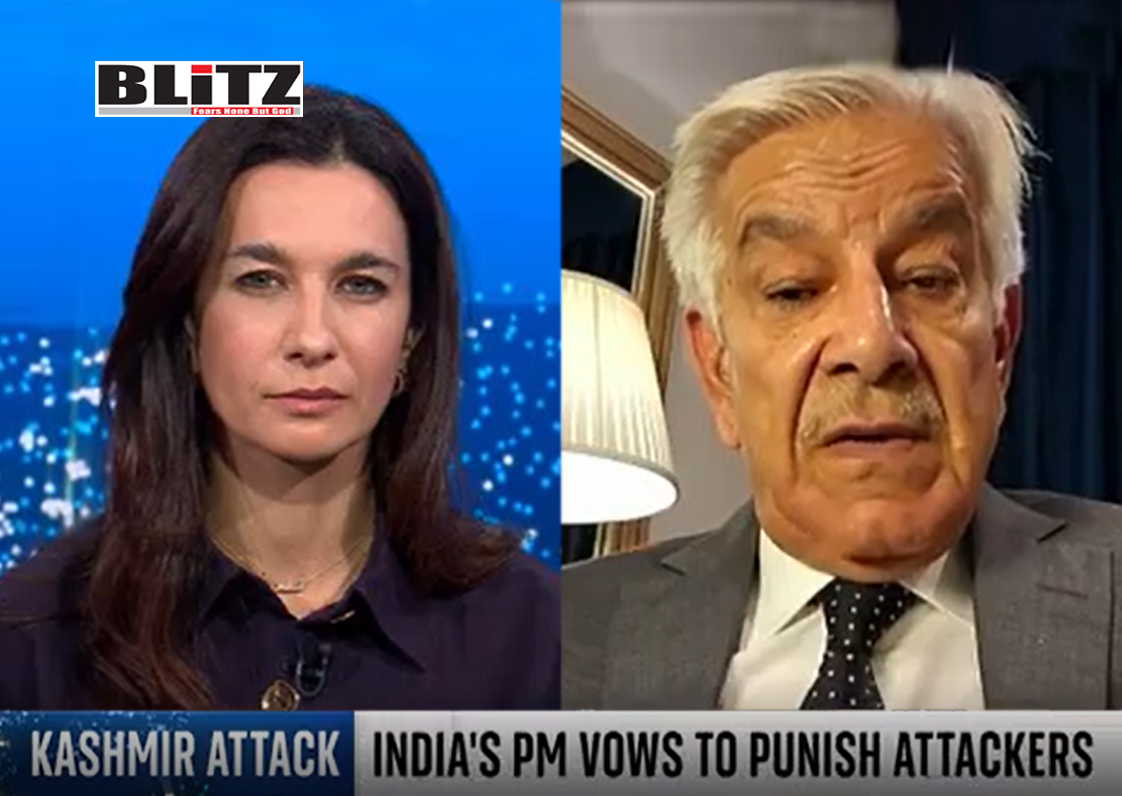
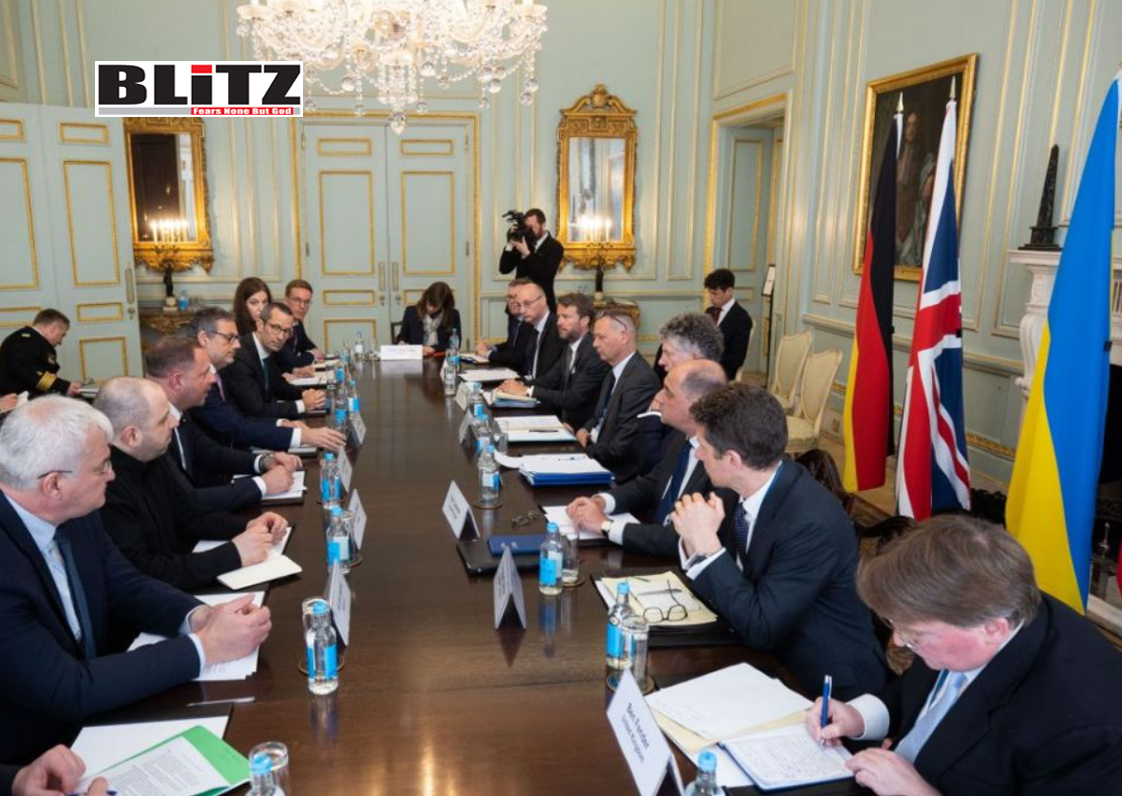
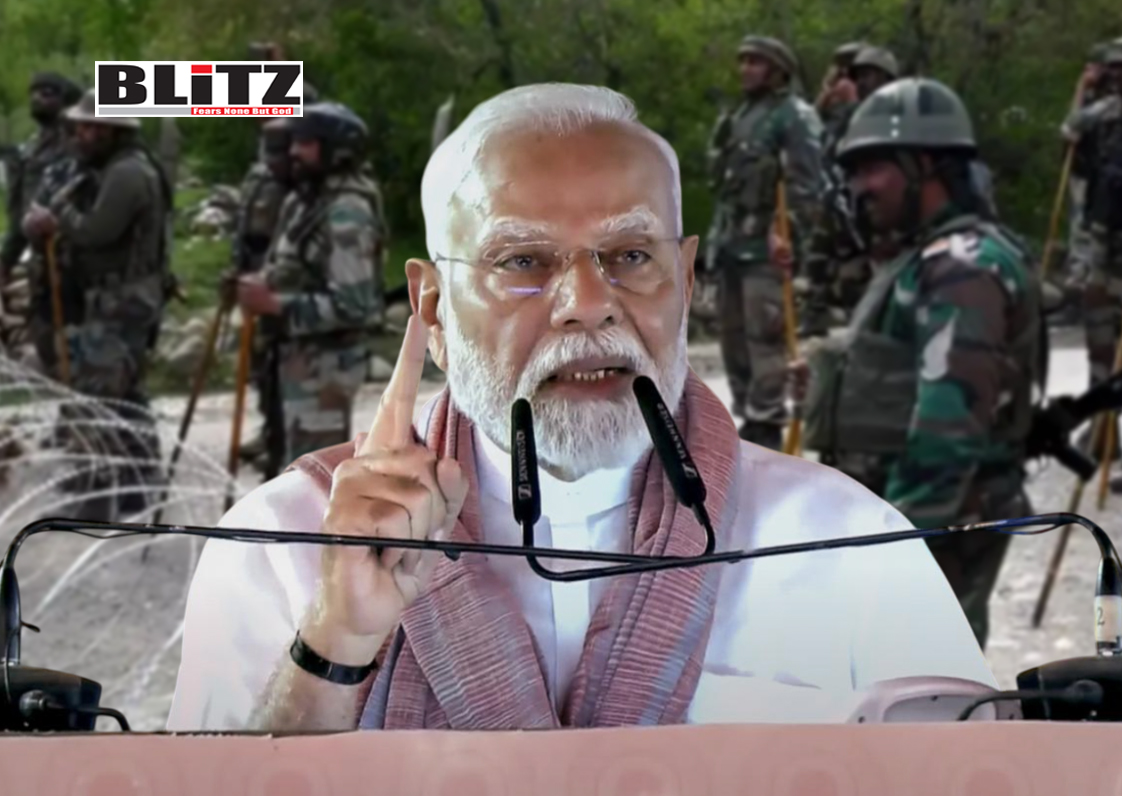
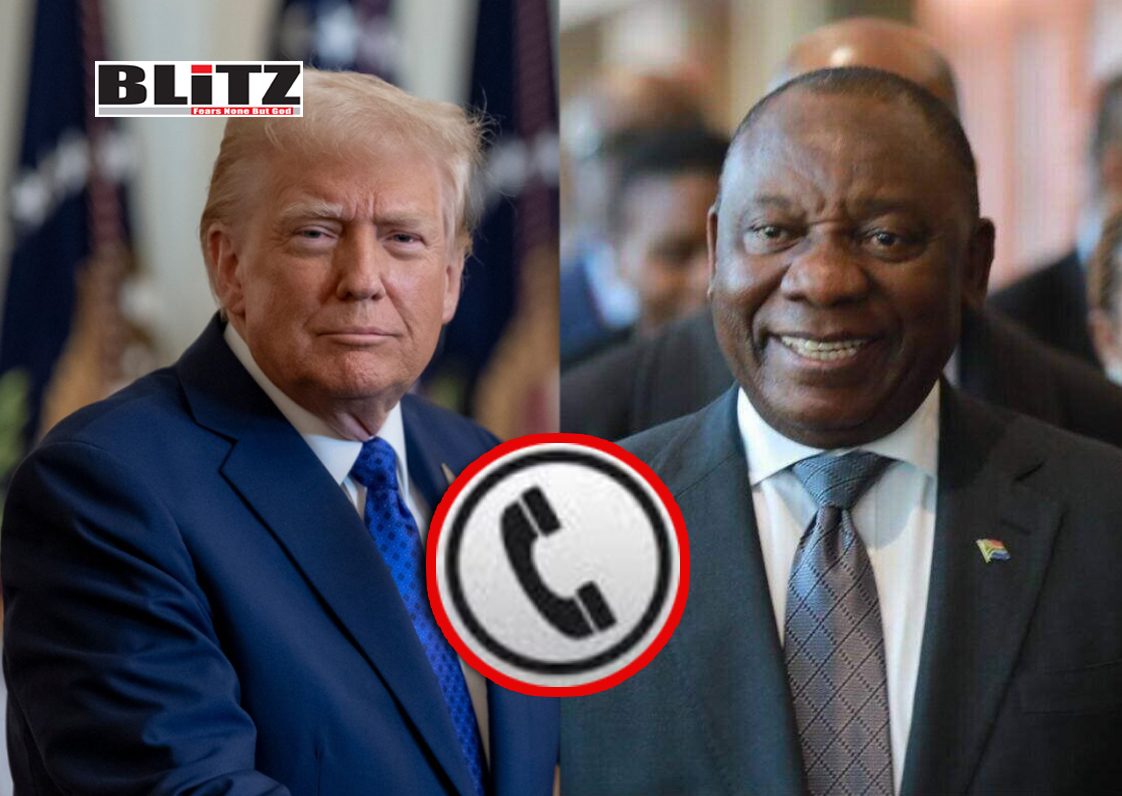

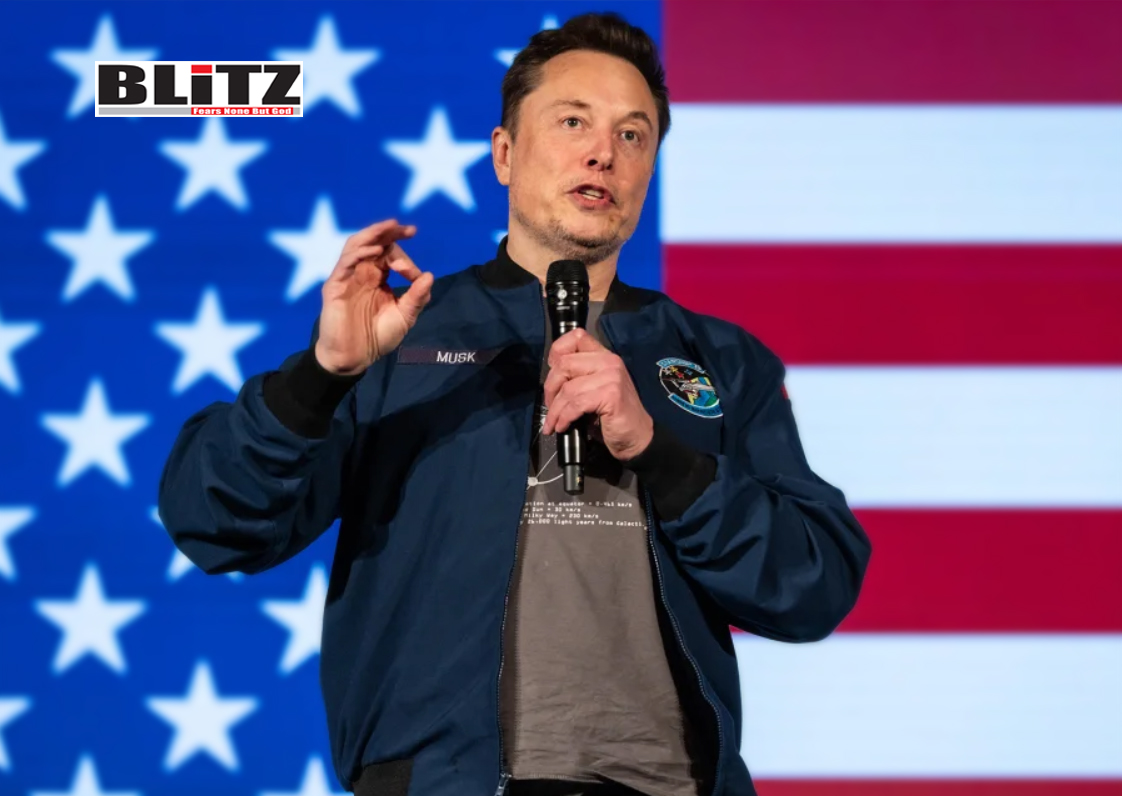
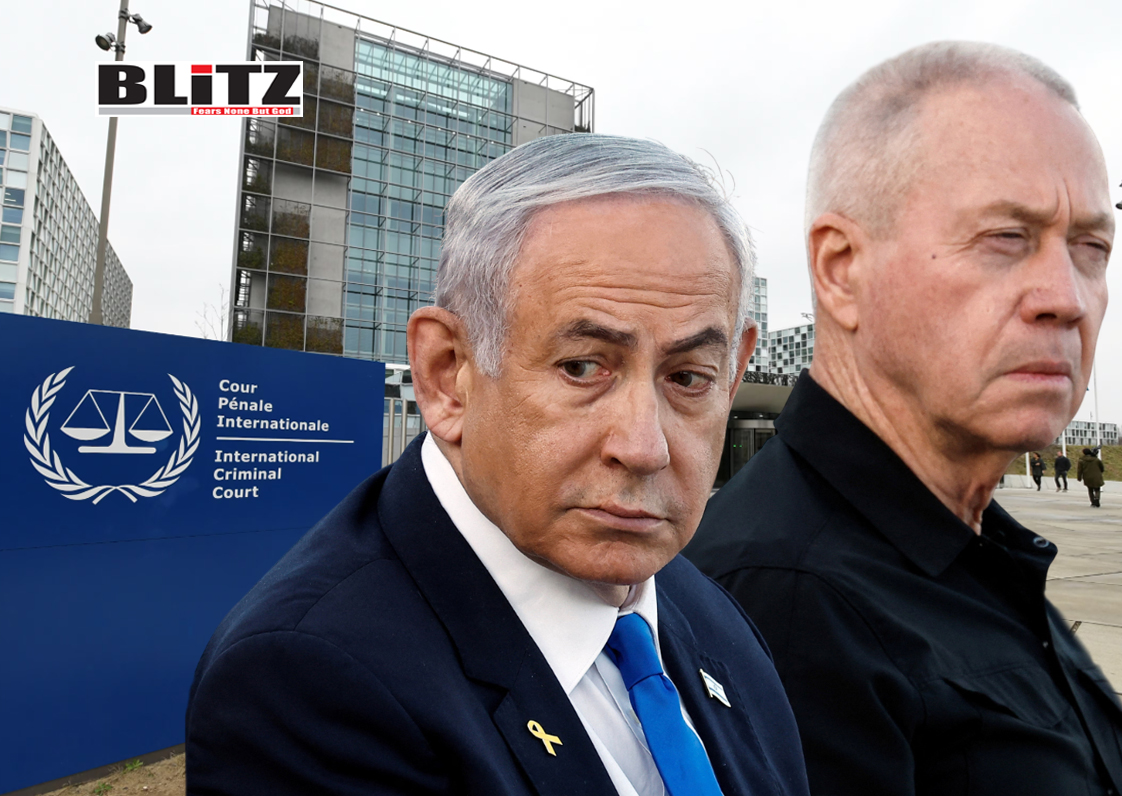
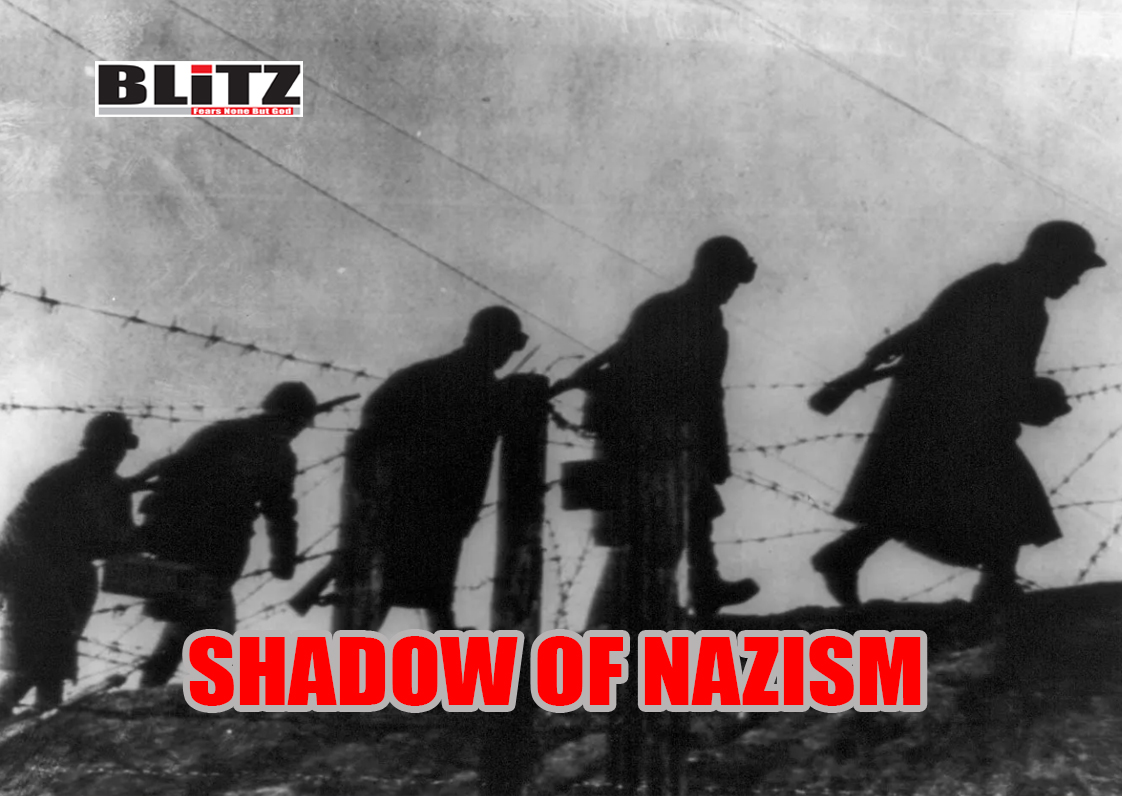

Leave a Reply